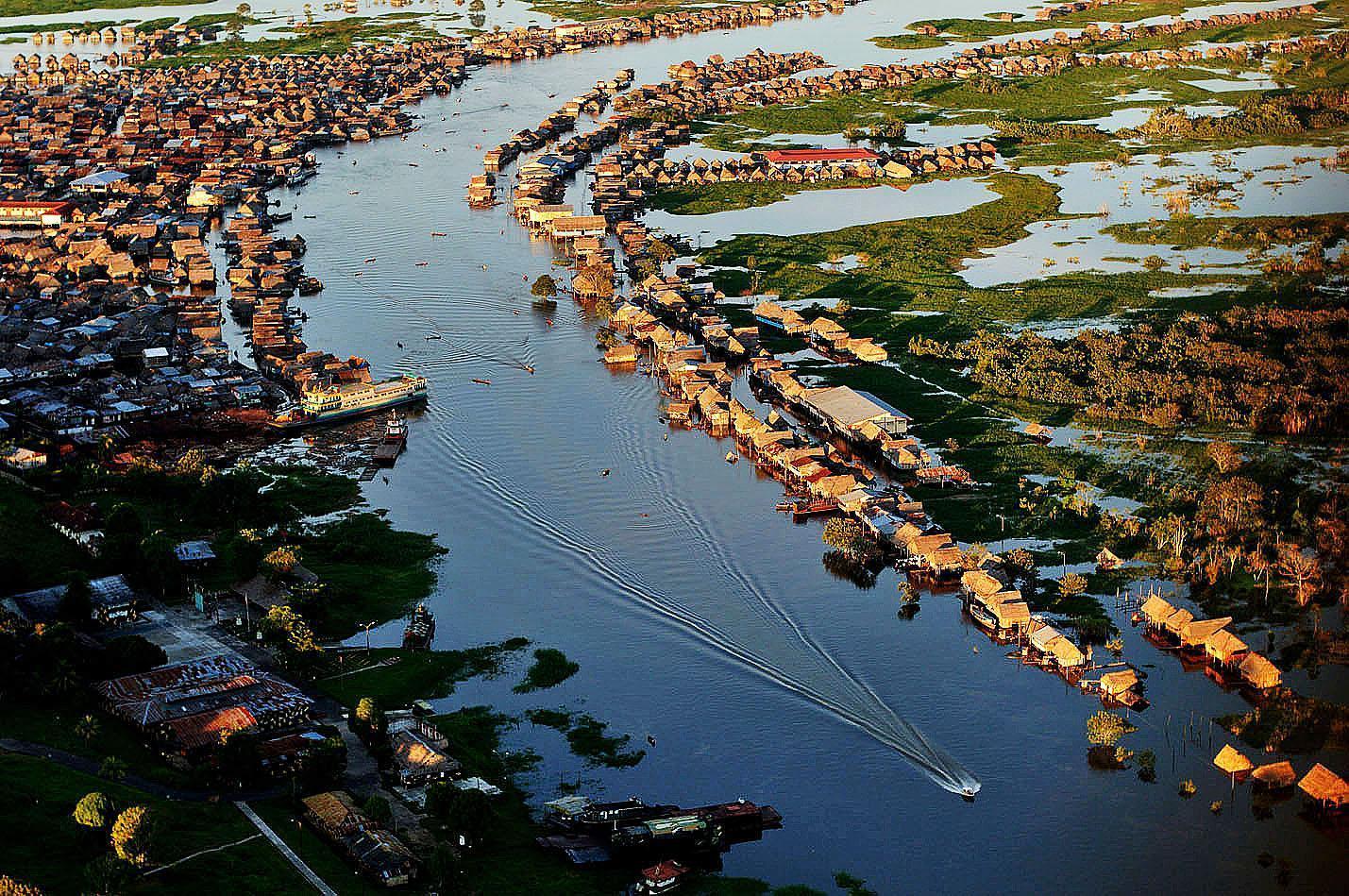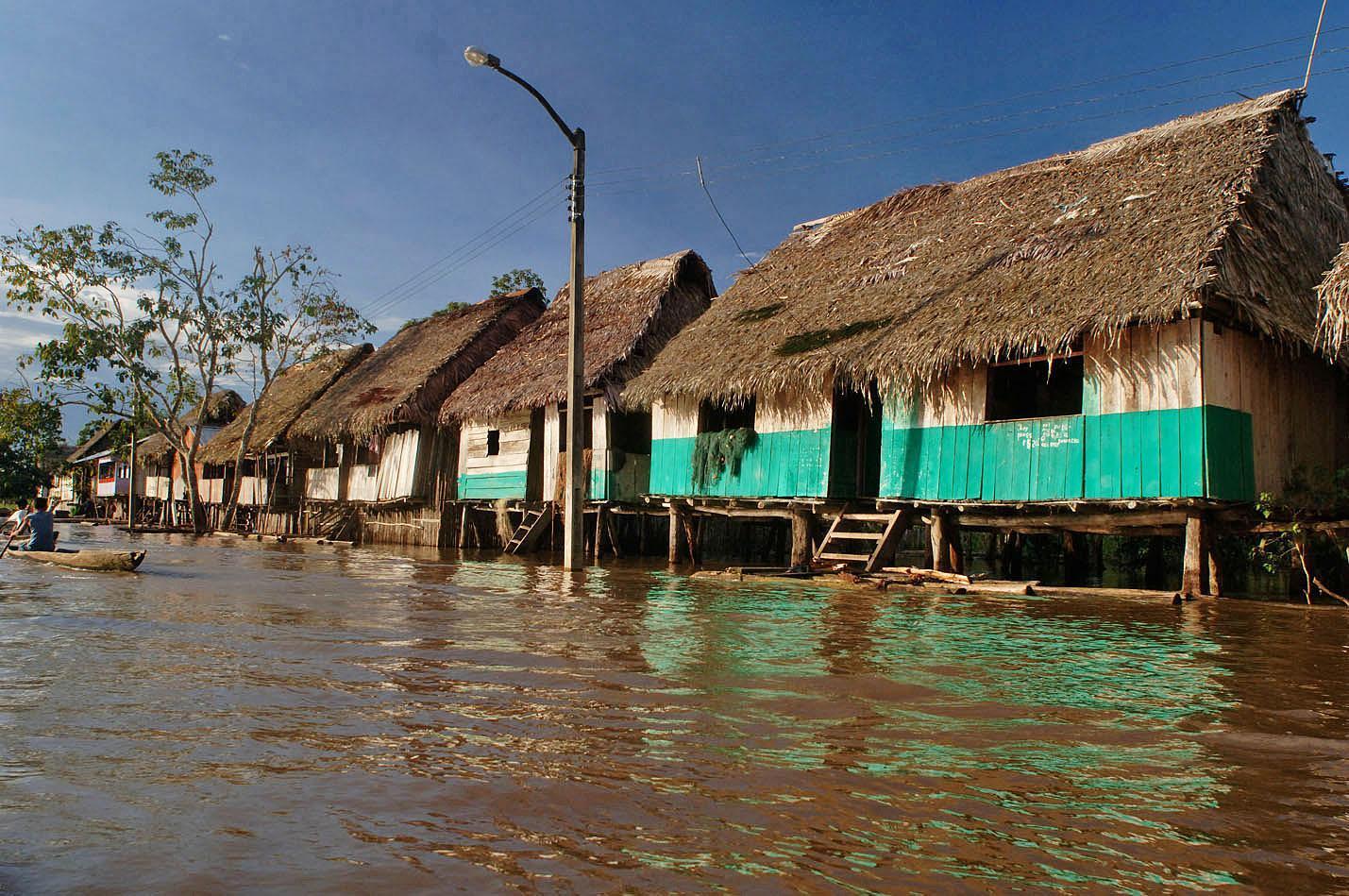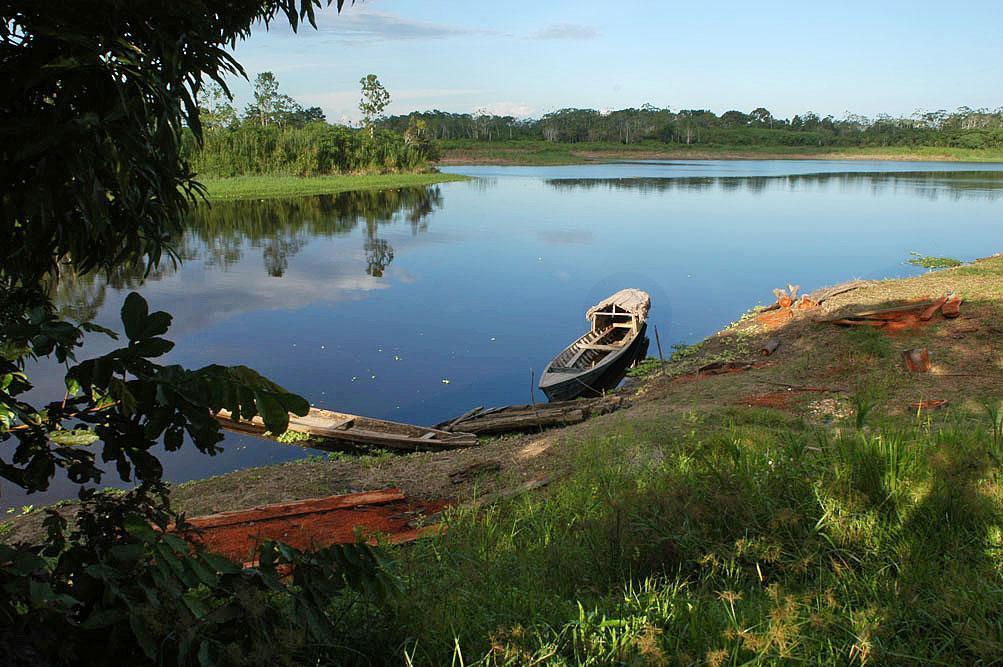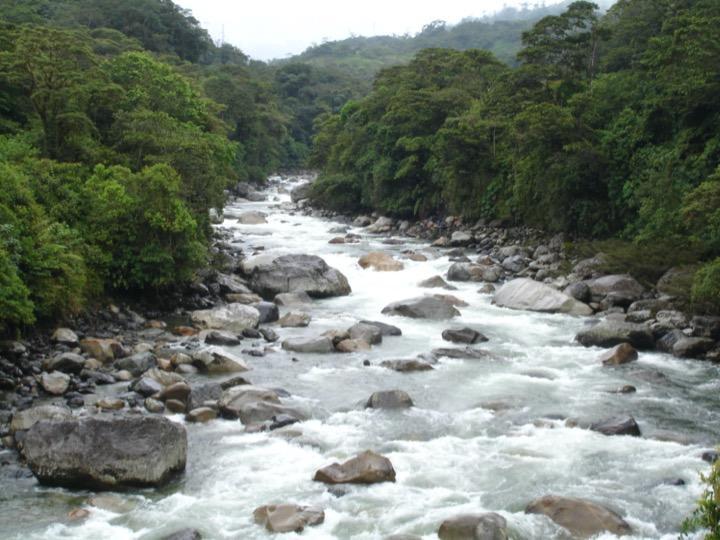
 The Integrated Water Resources Management proposes a broad approach to the natural, social, demographic, and economic elements at the basin level for the management of water and its resources. Photo: Walter Wust.
The Integrated Water Resources Management proposes a broad approach to the natural, social, demographic, and economic elements at the basin level for the management of water and its resources. Photo: Walter Wust.
Like veins, capillaries, and arteries that connect so that blood circulates facilitating the life of the human body, rivers, lagoons, canyons, lakes, streams, and aquifers connect for water to flow through different landscapes. This connection is the Earth’s water system and, like the circulatory system, it also makes life easier. Through this connection, the water travels along its natural course: it comes from the high mountains and descends until it reaches regions of savannas or jungles, and it flows into the sea. While passing through, devoid of political limits and national or continental borders, it not only forms hydrographic basins or connects very distant and different geographical regions (such as the wastelands and the tropical forest), but also towns, cities, countries, and countless urban and rural communities.
From the perspective of the natural connectivity of water, a little more than two decades ago, academia and governments began to talk about the Integrated Water Resources Management (IWRM), an approach that seeks to guide public policies for the coordinated use of water resources, land, and related natural resources, in order to maximize the social and economic wellbeing of human populations equitably, without compromising the sustainability of vital ecosystems.
The Amazon basin
In its simplest definition, a basin is “a territory whose waters flow into the same river, lake or sea.” The basin is also the most accepted territorial unit for the IWRM. Nelson Obregón Neira, Director of the Water Institute in Javeriana University (in Colombia), explains that in the IWRM the basin is understood as a great system where many natural, biophysical, social, and economic phenomena occur, as well as the occupation and use of the territory, which, if studied integrally, are the basis of knowledge that facilitates decision-making for water management and its resources (fish, mollusks, algae, etc.).
In recent years, management in the Amazon Basin (the most extensive hydrographic basin in the world) has been done from an “approach very focused on terrestrial environments to very limited basic information on the ecology of aquatic ecosystems and the complex politics of the basin itself.” Currently, thanks to the IWRM approach, the Amazon Basin is observed as a macro-organism with continuous connections between water and associated ecosystems, living beings, and human populations. The basin could be studied from its hydrology or carbon, nitrogen, or phosphorus cycles occurring there. However, ignoring the other elements would be like trying to prevent diseases of the circulatory system of the human body, bypassing other organs such as the heart or lungs. An IWRM implies that these cycles are studied concerning the life cycles of the species, including changes in the behavior of the rivers and forms of life of the human populations that live in the basin, whose knowledge about that environment is also essential in the IWRM.
Lifestyles of communities living and depending on aquatic ecosystems are determinants in the IWRM. Photo: Walter Wust.
It should be noted that many initiatives (such as Amazonian waters) and many projects currently promote an increasingly interdisciplinary approach to water and basin management; that is, experts in the different sciences such as biology, hydrology, ecology, geology, etc., join forces to study the basin to approach the complexity of the interactions and connections that occur there.
The IWRM also implies understanding large-scale aquatic ecosystems in order to understand shared vulnerabilities, precisely because of water connectivity. In the case of the Amazon Basin, one of the large-scale approaches is the upstream-downstream approach, that is, vulnerabilities are manifested from upstream in the Andes to downstream in the Brazilian Amazon, at the mouth of the Amazon River. Understanding this vulnerability on a large scale allows suggesting management, planning, or conservation actions for the basin, equally on a large scale.
Human actions
Human actions are present in all-natural processes and vice versa. Today, it is easy to understand this interaction through the effects of climate change: in different parts of the world there are intense and prolonged droughts or floods that have in turn a negative impact on entire populations. However, human actions are one of the main causes of climate change. In the Amazon Basin, what happens upstream, such as water pollution, affects things downstream where this pollution reaches.
 Managing and using water through good practices, even from our homes, is a way of contributing to the care of this natural resource. Photo: Walter Wust.
Managing and using water through good practices, even from our homes, is a way of contributing to the care of this natural resource. Photo: Walter Wust.
Although the IWRM seeks to promote public policies for water management, governments or scientists are not solely responsible for achieving this objective; our daily actions are definitive in the IWRM. According to Nelson Obregón, two concepts remind us of the importance of our role in good water management: quantity and quality. When you turn on the faucet, you know there is a water collection, distribution, and storage infrastructure behind it and we must pay for it as final users; the economic factor is what leads us to turn off the faucet again. However, if, in addition to that, we save water because this is an irreplaceable natural resource, we will be ensuring that we have the necessary water for the future. In fact, in some production processes, for example, the circular economy of water is already applied, which has to do with recycling and reusing water, just as it happens in the natural cycle.
Water quality is usually associated with our well-being and quality of life. It is widely known that consuming unsafe water can lead to skin, respiratory, diarrhea, or even more serious diseases. However, water quality not only includes drinking water that reaches our homes through the aqueduct, but also the quality with which we return it to nature after using it.
Starting from these notions, as well as understanding water as an irreplaceable resource, it is necessary to self-manage our way of relating to it and create responsible usage habits from the very small scale of our home.
Written by Carolina Obregón Sánchez
***
Fuentes consultadas:
Nelson Obregón Neira, PhD in hydrology and Director of the Instituto Javeriano del Agua.
Water in Colombia: challenges for the integral management, conservation, and use of water resources.
https://www.gwp.org




